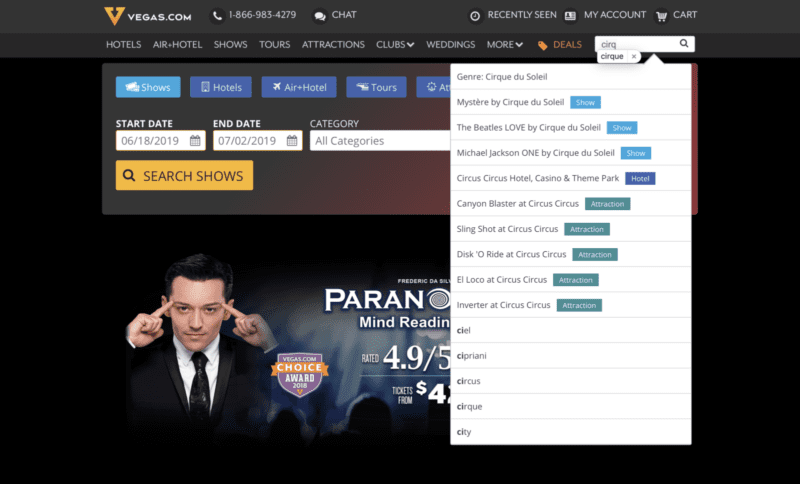User Behavioral Data
So what are signals?
They are the things people click on. The things that they don’t. The things they put in their carts, and the things they leave behind. The things they eventually download. Even the items they hover over.

See How Signals Impact Relevance
Search is a fine balance between providing the most relevant results (precision) while giving them enough selection to choose from (recall). Signals (and Fusion) help you do both.
See How Signals Impact AutoComplete
Autocomplete is a must-have feature for any search app that relies on signal capture and user behavior analysis. Fusion ships with multiple algorithms for generating and ranking the most relevant type-ahead autocomplete suggestions, based on content and user signals.

How Signals Impact Ranking
See how capturing user behavioral data and using ranking algorithms like Learning-to-Rank can give each user a more personalized and relevant search experience.
Wrestling With Runaway Rules?
Opt for signal-based processing over rule-based systems. Find out why IDC says “signals provides for more relevant searches as well as recommendations for the ‘next best action’ that users should take.”


Have Solr? Here’s Basics of Storing Signals in Fusion for Data Engineers
Explore a real-world e-commerce dataset and see how quickly the Fusion platform lets you leverage signals derived from search query logs to rapidly and dramatically improve search results over a products catalog.
How Does Fusion Use Behavioral Signals?
Fusion can precisely personalize queries using signals from a variety of external sources, including:
- Authenticated individuals (e.g. searches, clicks, saved documents)
- Historical behavior (e.g. the number of past visits, query and click patterns)
- Natural language processing
- Location (coordinates and/or regional approximations) and languages
- Timestamps
- Device type (e.g. operating system, screen size, user agent, mobile vs. desktop, IP/network)
- User stage in a workflow
- User role (e.g. org chart); and any other self-supplied information
Elements of AI-Powered Search

Augmented Intelligence
There’s nothing artificial about intelligence. Augmented intelligence is when AI extends human judgment instead of replacing it.

Machine Learning
Machine learning and search engines are a incredible combination for creating powerful experiences for customers and employees.

Clustering & Classification
How clustering and classification algorithms can improve the search experience for your employees and customers.

Query Analysis
Underperforming queries aggravate everyone. Head/tail analysis stops it.

Signal Capture & User Behavior
Users are constantly telling you what they like and what they don’t. Are you listening? Predict user intent by applying signals.

Indexing
The best search applications index all of a company’s data so users have one unified search experience.

Hyper-Personalization
Personalization is about addressing people by name. Hyper-personalization is figuring out what they really want.
Natural Language Search
What if we could talk to computers in the same way we talk to people. Natural language search gets you there.

